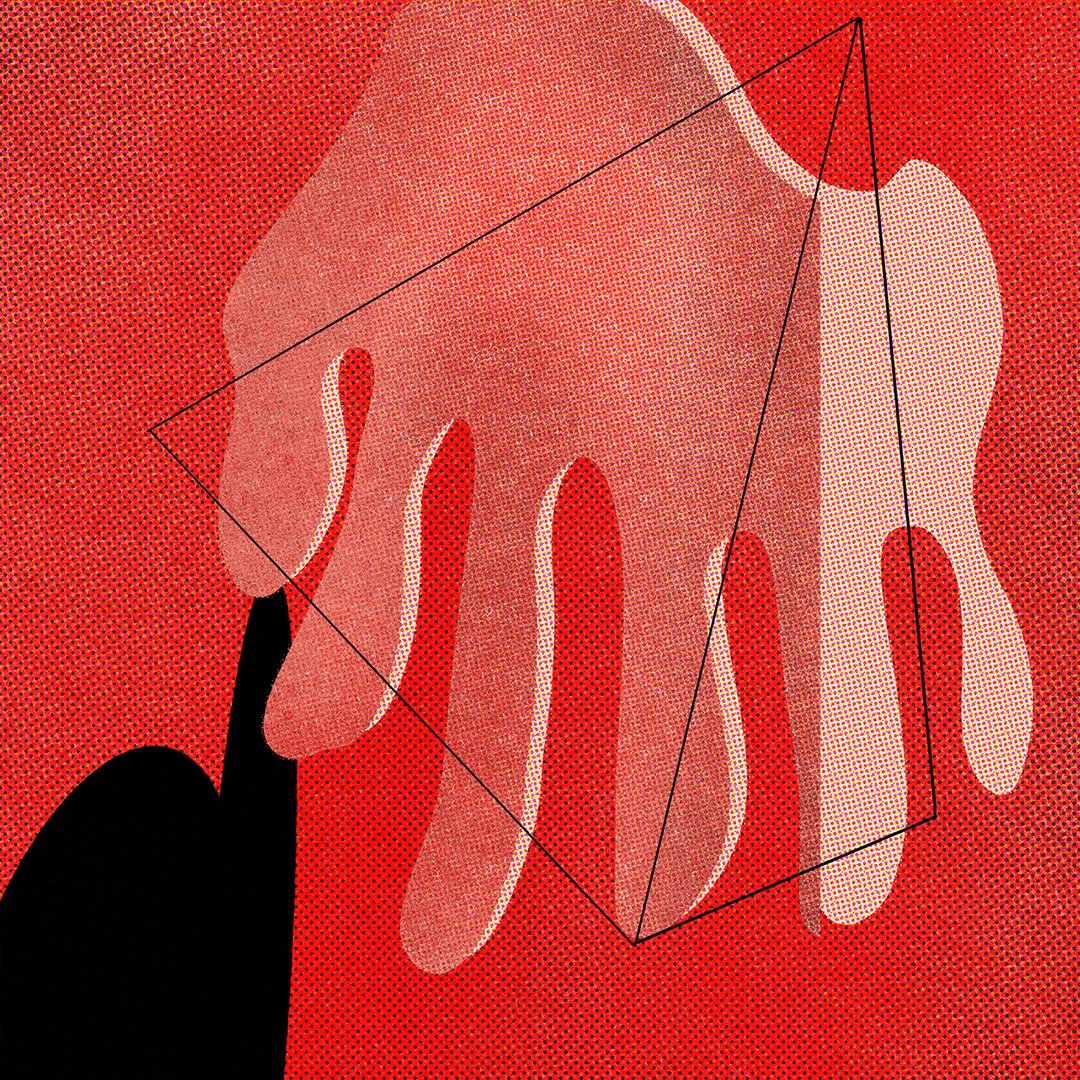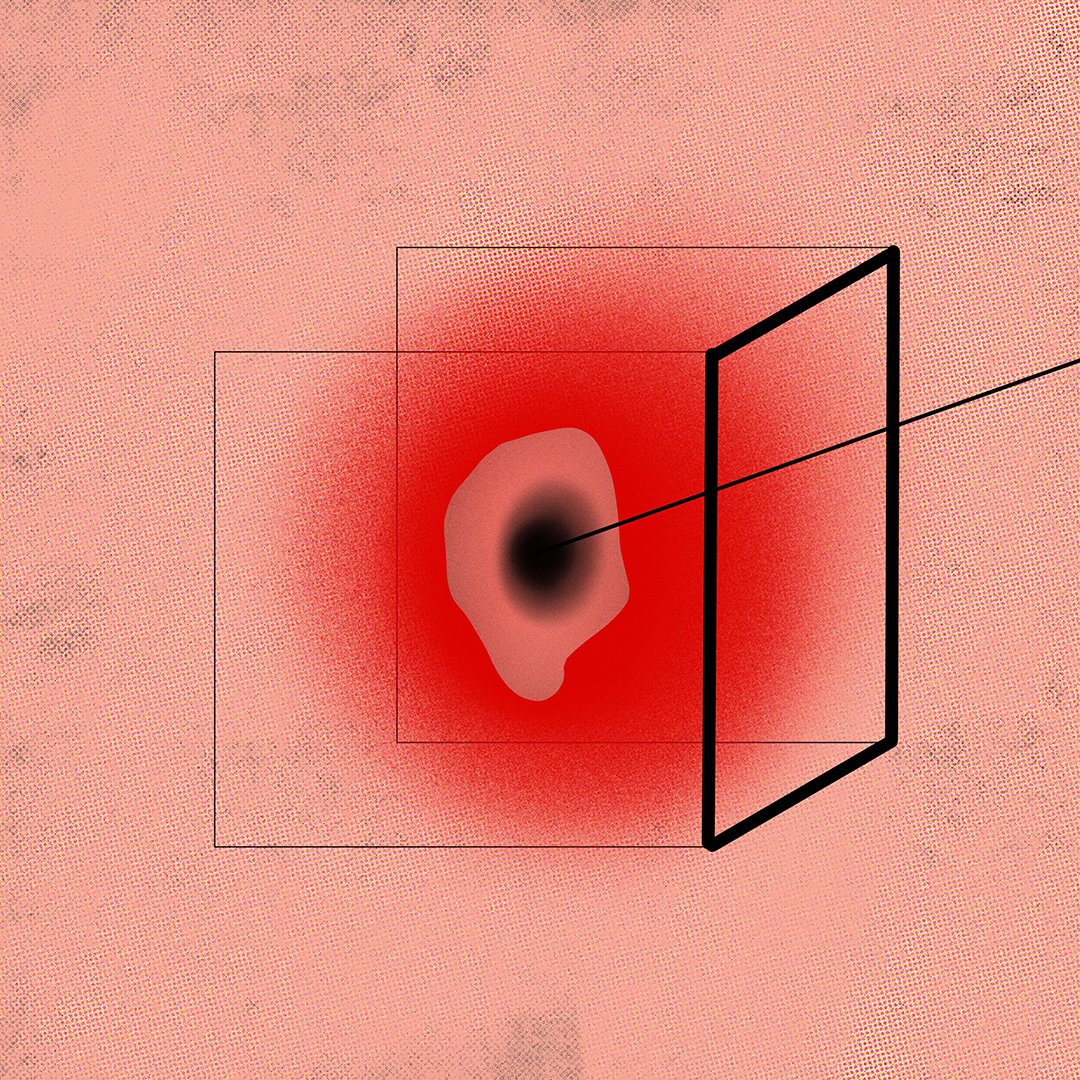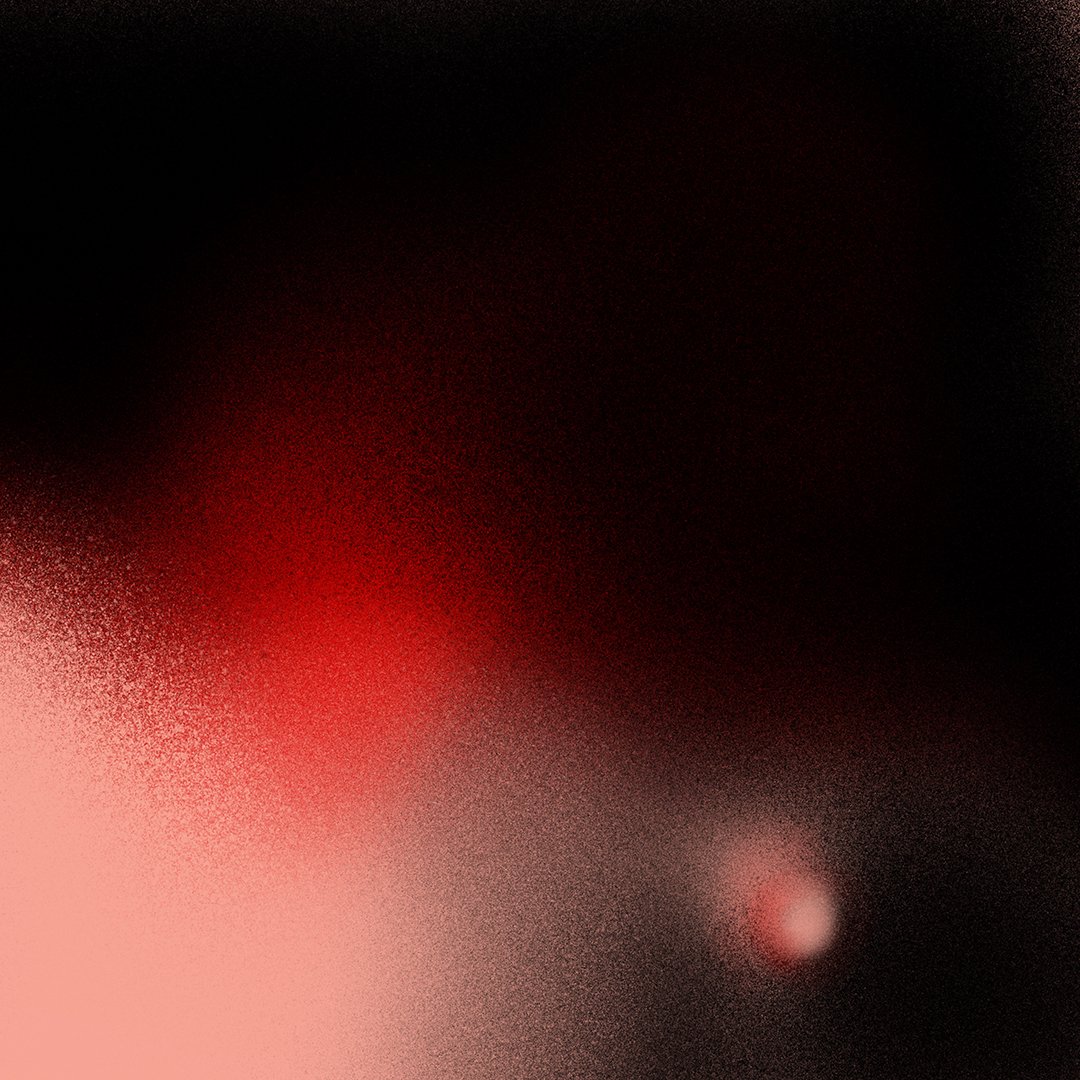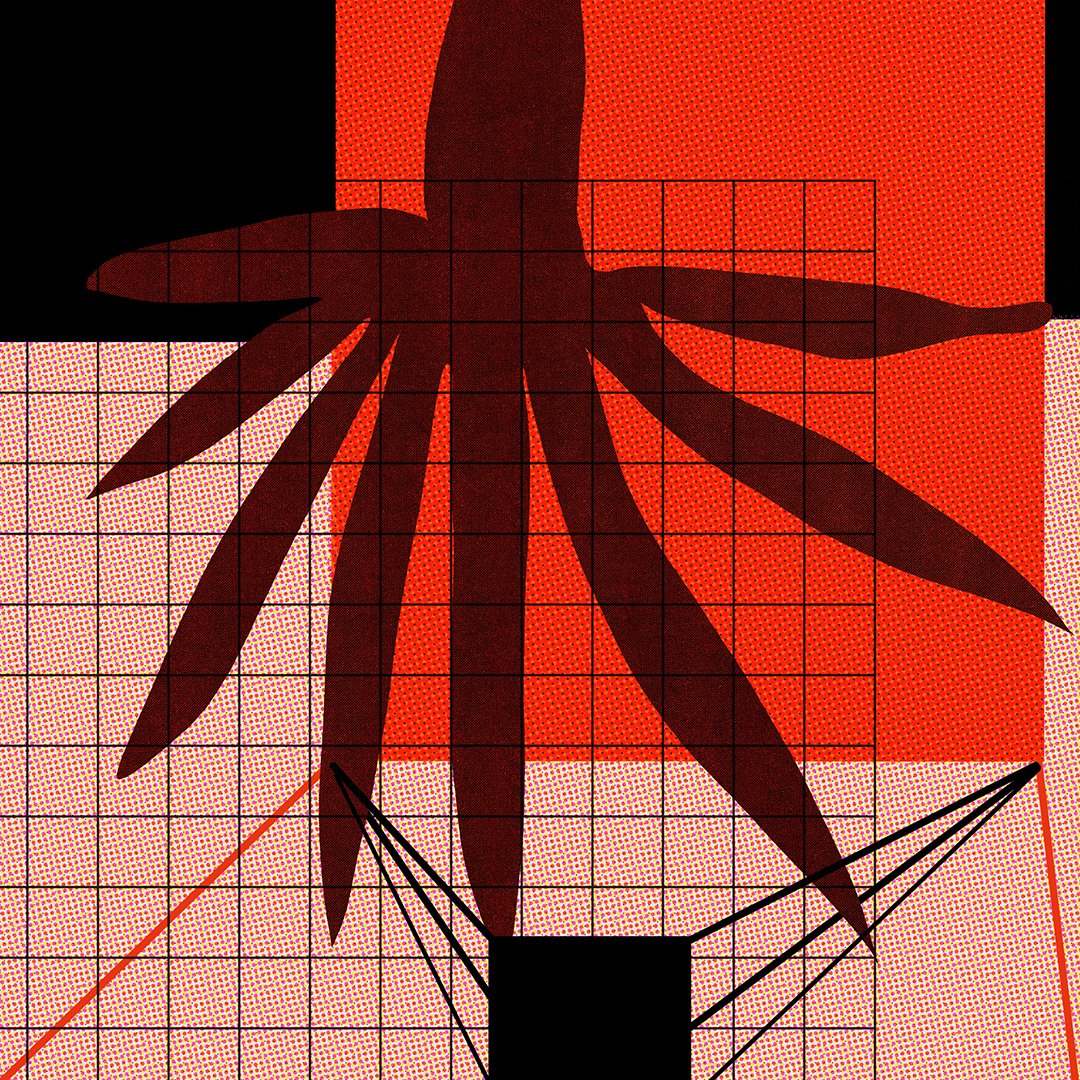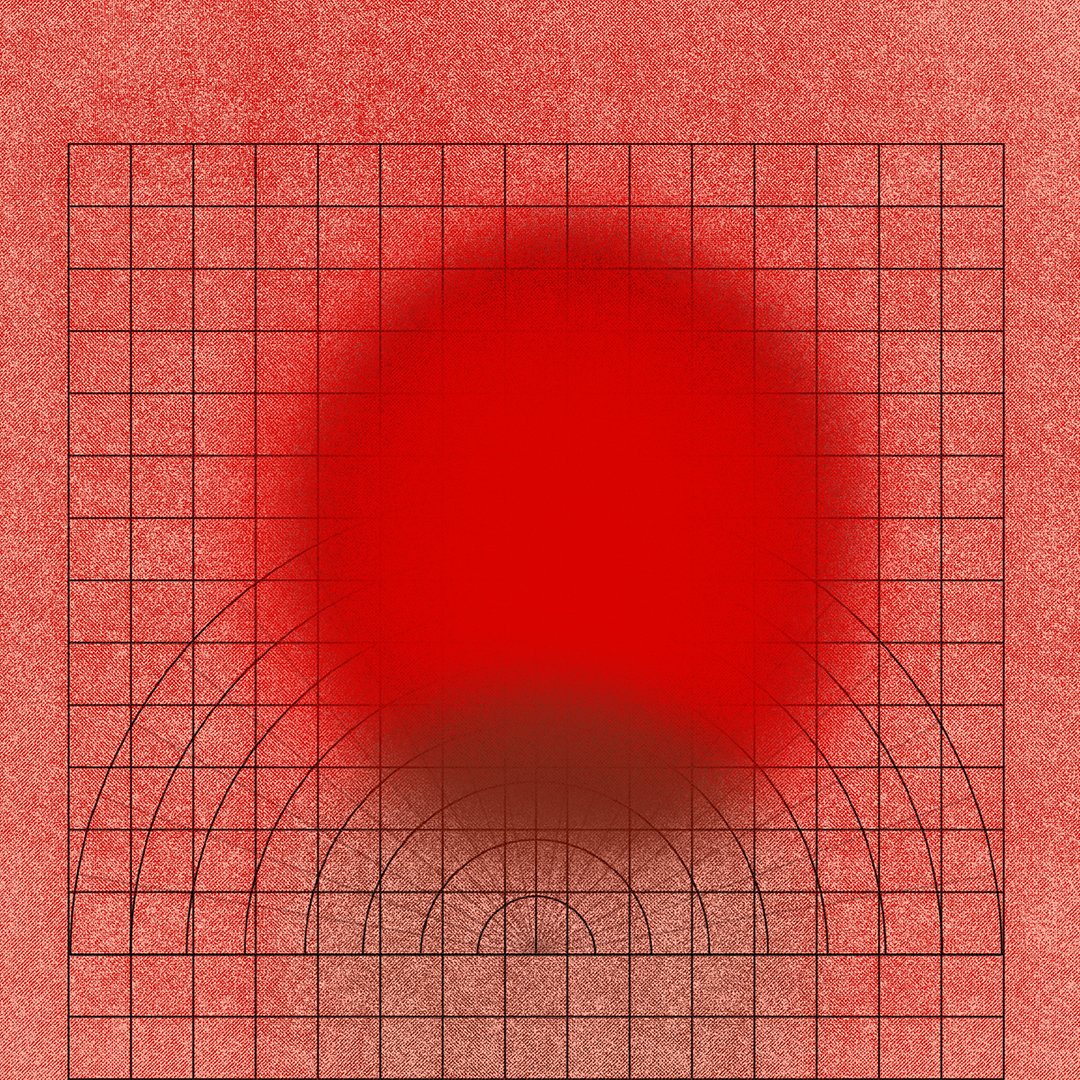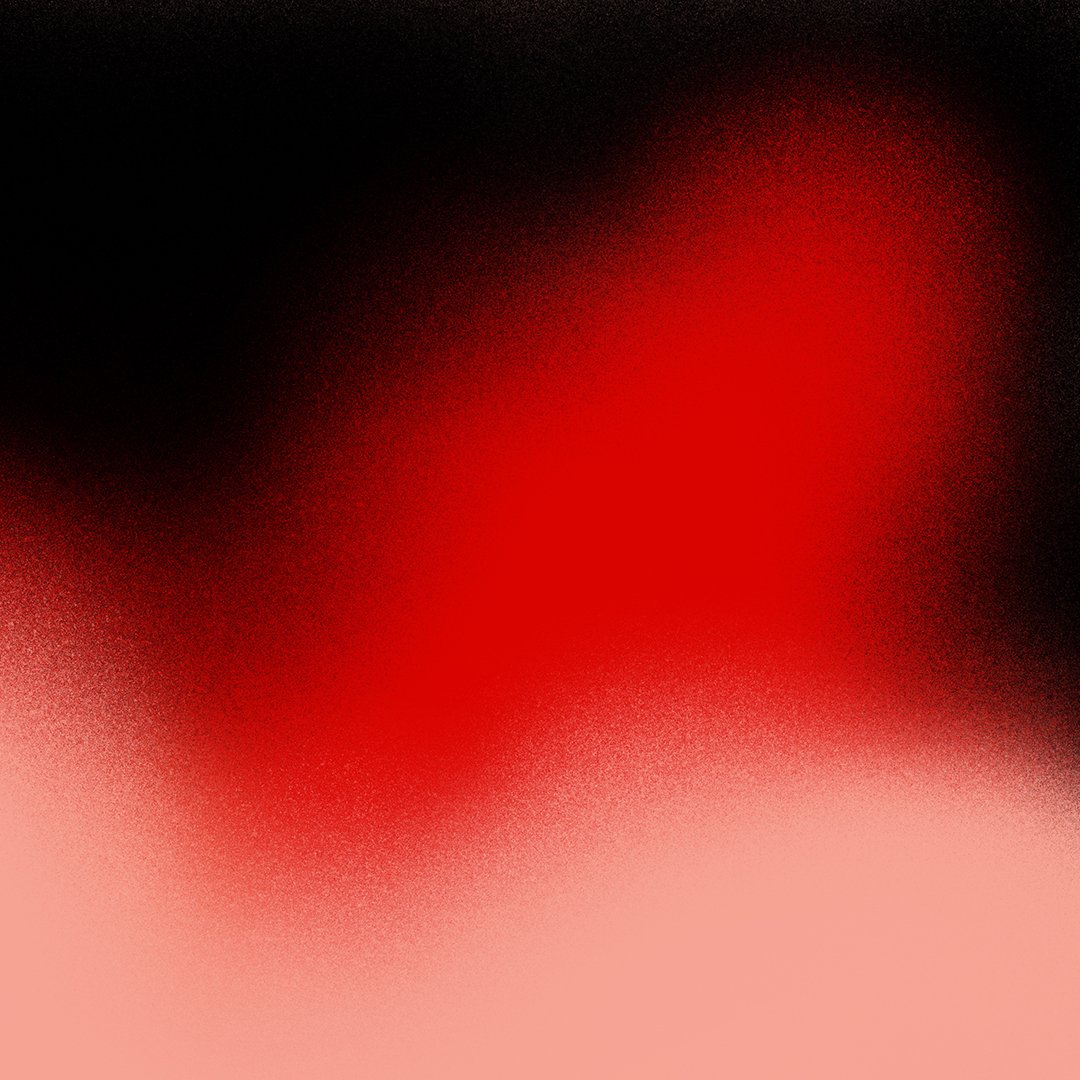MAGDALENA HLAWACZ
Residents February 2023
Magdalena Hlawacz is an interdisciplinary artist, academic teacher, travel lover and enthusiast. She obtained her PhD from the E. Geppert Academy of Fine Arts and Design in Wroclaw, Poland in 2008. Currently works as a professor at the Faculty of Art at the University of Opole. Over the past years, she has initiated and curated several collaborations with artists, researchers, and students. She has participated in numerous exhibitions and mobilities worldwide.
Locations, people, objects, stories, events – a voyage – this is her fundamental set of artistic techniques. Most often her works are created on the way, in motion, in dynamically changing spatial and personal arrangements. “Creation is a natural part of experiencing reality and living” – claims the artist. Consequently, Hlawacz’s artistic process is initiated spontaneously by impressions of various kinds. Some of them are physical, tangible or sensual in character, while others are mental or abstract. Remaining in a state of raised sensitivity, excitability is the most important part of her practice.
Recently, she refers to the subject of efficiency, hyper-modern tyranny of the moment, the absurd rationalization of work, the compression of time and social acceleration that define our lives. She explores social and cultural requirements concerning sleeping regimes, that are part of the disciplinary practices imposed on our bodies.
The SIESTA project is based on her previous artistic work in which she explored sleeping disorders. She conducted the first part in Iceland and is now working on the second part in Italy. Sleeping regimes are part of the disciplinary practices imposed on our bodies. Sleep is a tacit and inherent bodily technique. There is a rhythm to it, and it requires time. Interrupted sleep can negatively impact the body. Hence, sleep, body, and time are intertwined. Sunlight rhythms and siesta practices seemed to make Italy an ideal location for this project. However, this time Magdalena was bitterly disappointed. Old Italian houses can be very beautiful, but in the winter they can be uninviting due to the cold temperatures. Despite her perception of Italy as always sunny, she found herself feeling constantly cold, which impacted her comfort and quality of sleep. As a result, she shifted the project focus to the experience of warmth, seeking ways to absorb, accumulate, and appropriately expend it. Also through art.
Dozens of drawings she has created here will be used in the art book "Warming Up" and presented as a multimedia installation in Galatina, in Domus.




